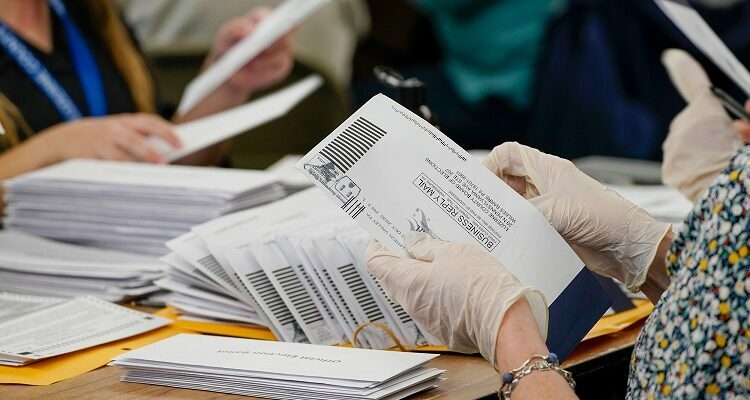One of the hardest things to understand about politics in the United States is the electoral college. When electing the president, US citizens may vote for the candidate of their choice, but the winner of the majority vote isn’t always the next President of the United States. The President of the United States (POTUS) is determined by the electoral college, where each state gets a number of electoral votes based on its population.
Table of Contents
1- 538 People Who Determine the Fate of the Republic
In America, citizens do not vote directly for the president. Although they certainly do vote for a POTUS and VPOTUS every four years, there are only 538 people — out of over what is usually over 150 million voters — tasked with actually registering those votes. Interestingly enough, it is not a Constitutional requirement for a given elector to follow the wishes of the people in their state. However, many states make being a “faithless elector” a crime.
2- It Takes 270 Electoral Votes to Become President
In order to be elected, the golden number that a candidate must receive is 270 votes. On Election night, whether you are keeping an eye on CNN or Floridian Press for your election updates, 270 is the number that you will see highlighted consistently.
3- The Number of Electoral Votes Depends Upon the Census
Every 10 years, the enumerators from the United States Census take to the streets in a sincere effort to count every single person in the country. After the numbers are tabulated, it is determined how many electoral votes each state will receive. This means that the number of electors allocated to a state can technically fluctuate every four years.
4- How Does Someone Become an Elector?
There is a myriad of ways in which to become an elector. Again, it all depends on the state one resides in. In 10 of the states, an elector can be chosen by a governor, a party nominee, appointments from the state chair or the president, and even through “hybrid” methods. Washington DC is more straightforward in its process, using state party committees to pick electors. Seven states use this method as well. The majority of states — 33 of them — use party conventions to determine their electors.
5- The Electoral College Usually Aligns with the Popular Vote — But Not Always
There have been some notable times in American history when the person who won more votes but lost the Electoral College. Rutherford B. Hayes, Donald Trump, Benjamin Harris, and George W. Bush all earned fewer votes than their opponents but still managed to win their elections due to the electoral process.
6- The Schedule Is More Complicated Than Most Think
Many Americans watch the news and assume that the person who has been elected POTUS is ready to go once the news media has made their assessments. This, however, is not how it works. First, the results in each state are calculated after the election — and then the Governor presents Certificates of Ascertainment. Six days prior to the electors’ meeting, all issues must be resolved with any controversy around the electors themselves. Finally, in the middle of December, more than a full month after the election itself, the electors vote. Right before the holiday season, the Archivist and the President of the Senate receive the votes. After the new year, the Archivist submits the Certificates to Congress. In early January, Congress finally counts the electoral votes for both POTUS and VPOTUS. A few weeks later, after all the paperwork has been signed, a new president is signed into office.



















Comments